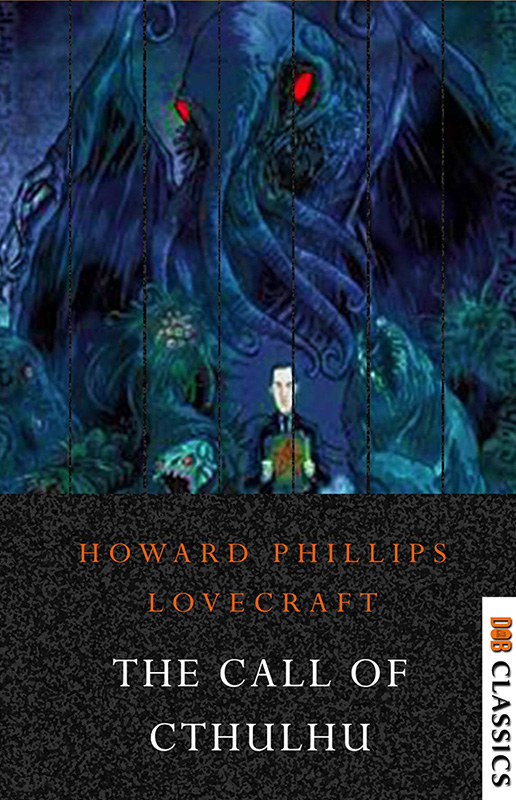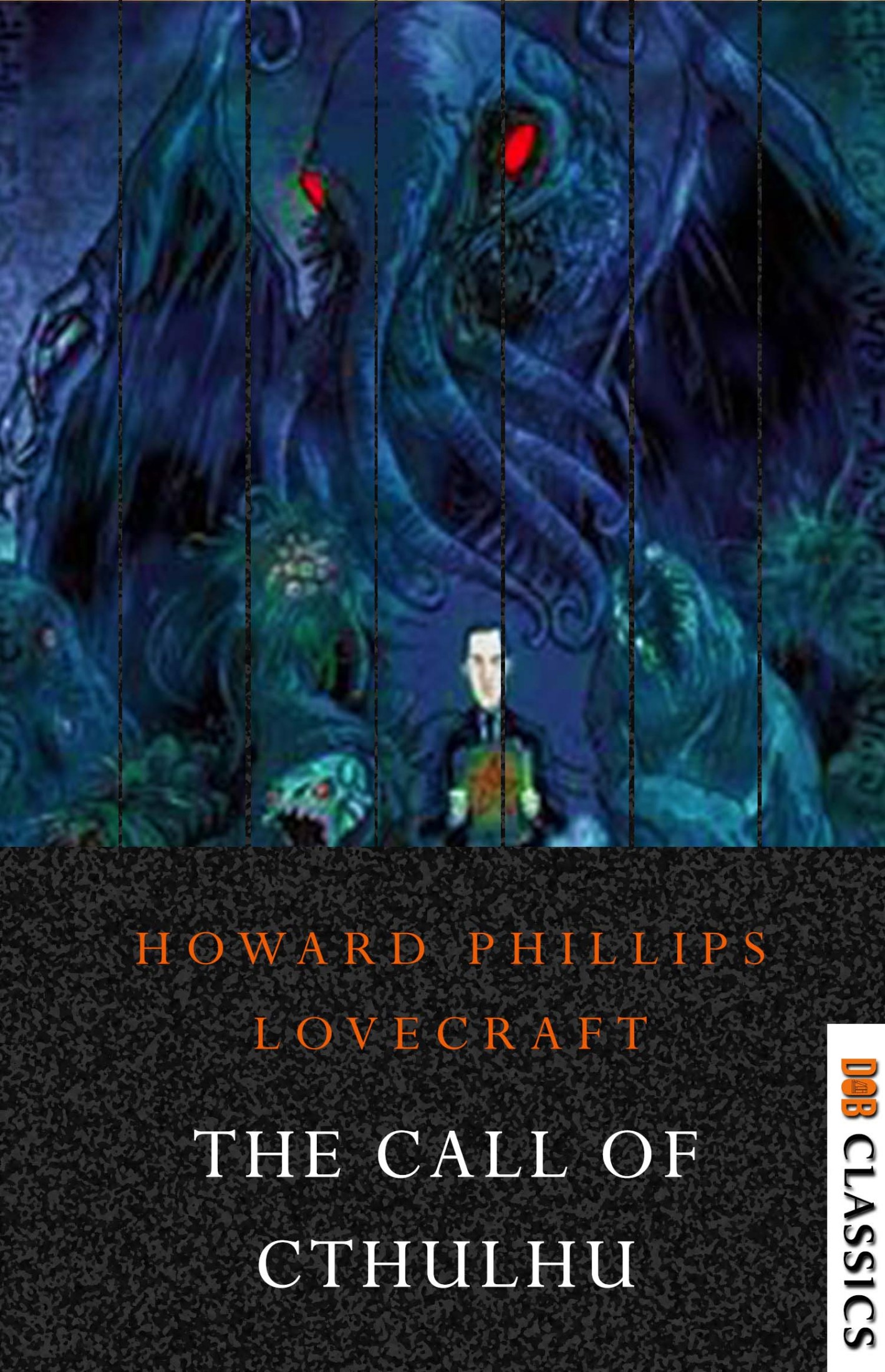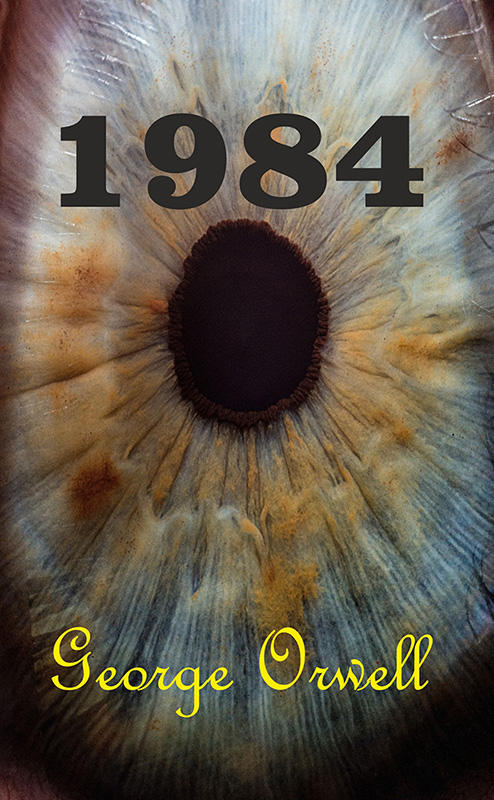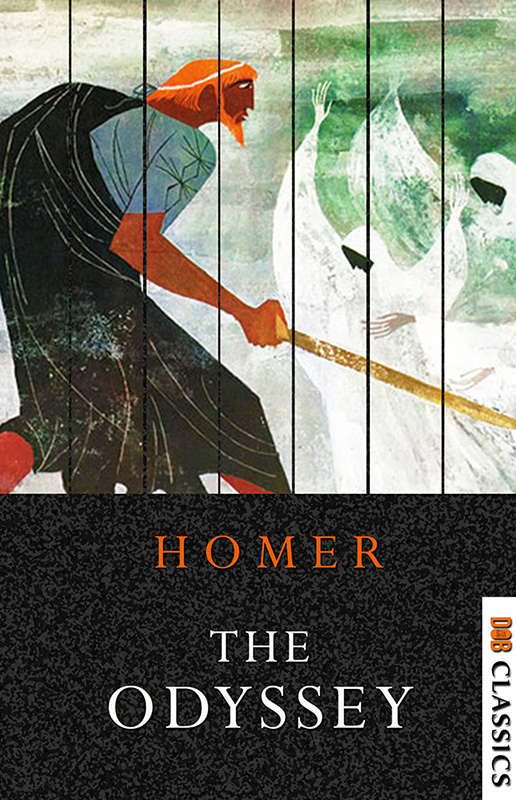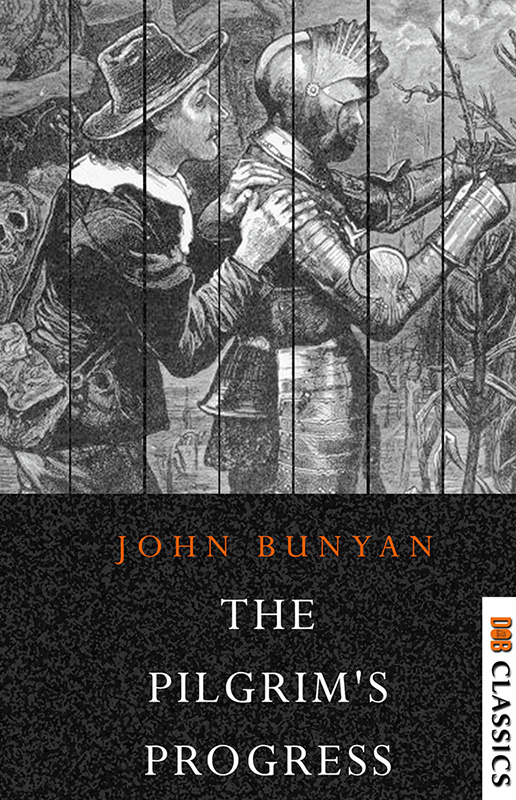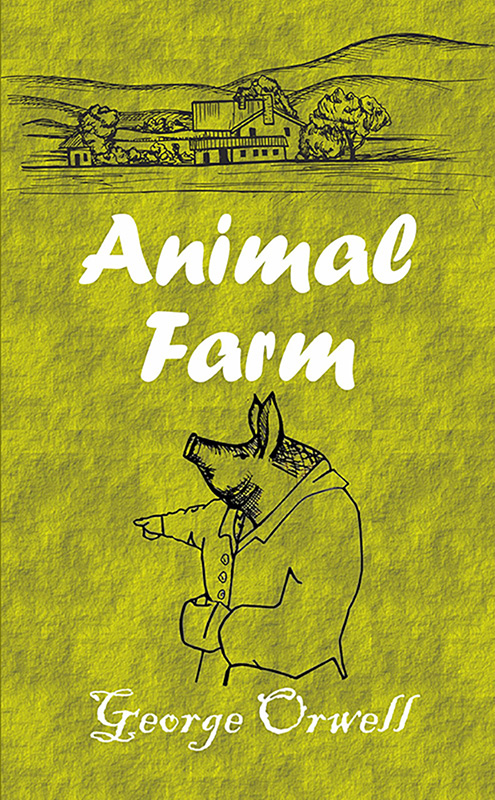The story's narrator, Francis Wayland Thurston, recounts his discovery of various notes left behind by his great uncle, George Gammell Angell, a prominent professor of Semitic languages at Brown University in Providence, Rhode Island, who died during the winter of 1926 after being jostled by a "nautical-looking negro".
The first chapter, "The Horror in Clay", concerns a small bas-relief sculpture found among the notes, which the narrator describes: "My somewhat extravagant imagination yielded simultaneous pictures of an octopus, a dragon, and a human caricature. ... A pulpy, tentacled head surmounted a grotesque and scaly body with rudimentary wings.” The sculpture is the work of Henry Anthony Wilcox, a student at the Rhode Island School of Design, who based his creation on a delirious dream of "great Cyclopean cities of titanic blocks and sky-flung monoliths, all dripping with green ooze and sinister with latent horror.” References to both Cthulhu and R'lyeh are included in letters written by Wilcox.
Angell also discovers reports of "outre mental illnesses and outbreaks of group folly or mania" around the world (in New York City, "hysterical Levantines" mob police; in California, a Theosophist colony dress in white robes while awaiting a "glorious fulfillment").
